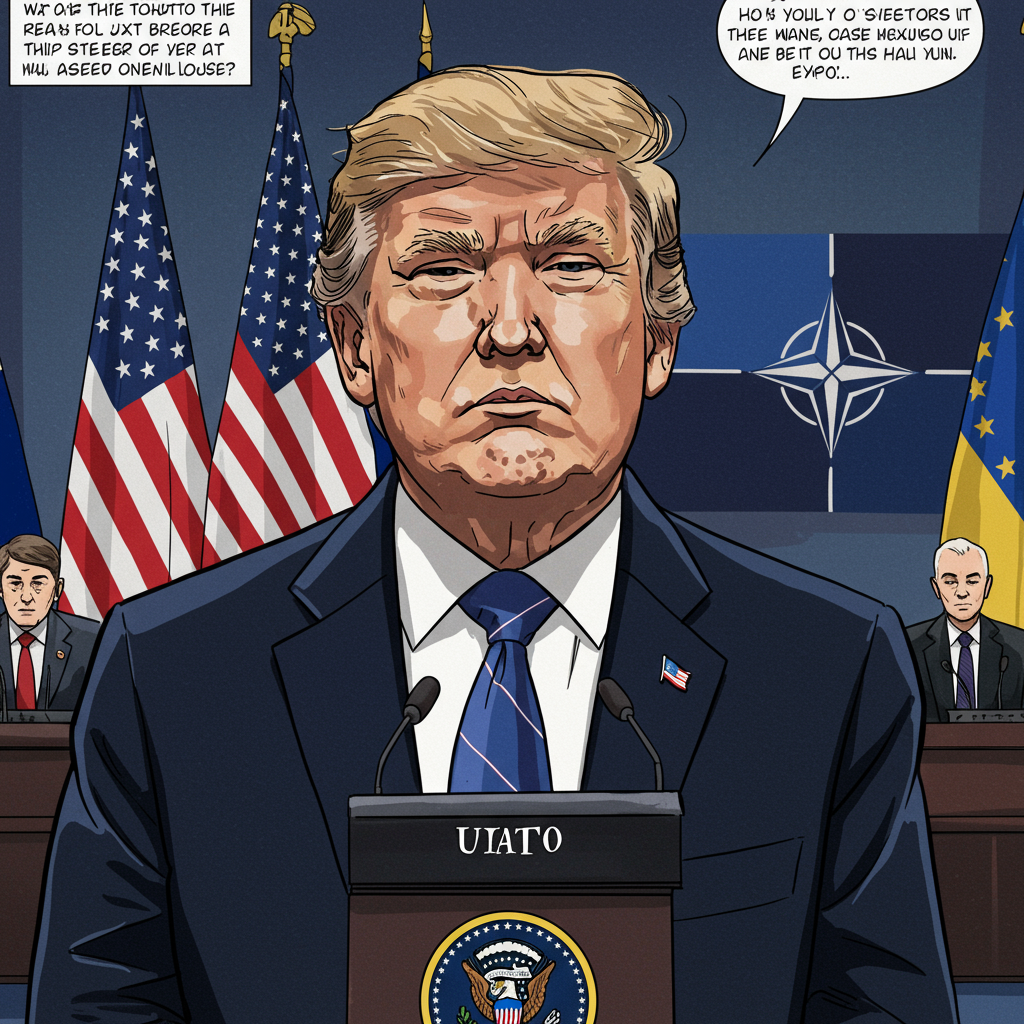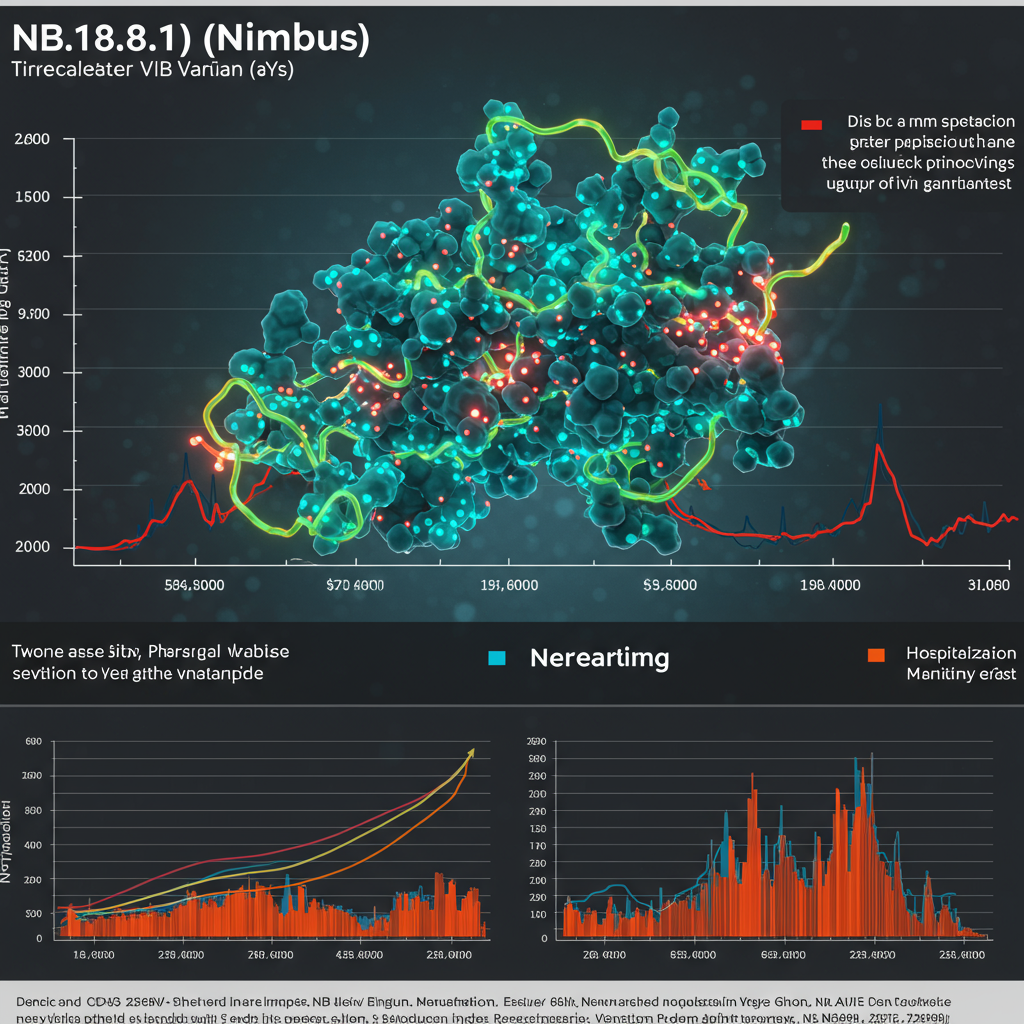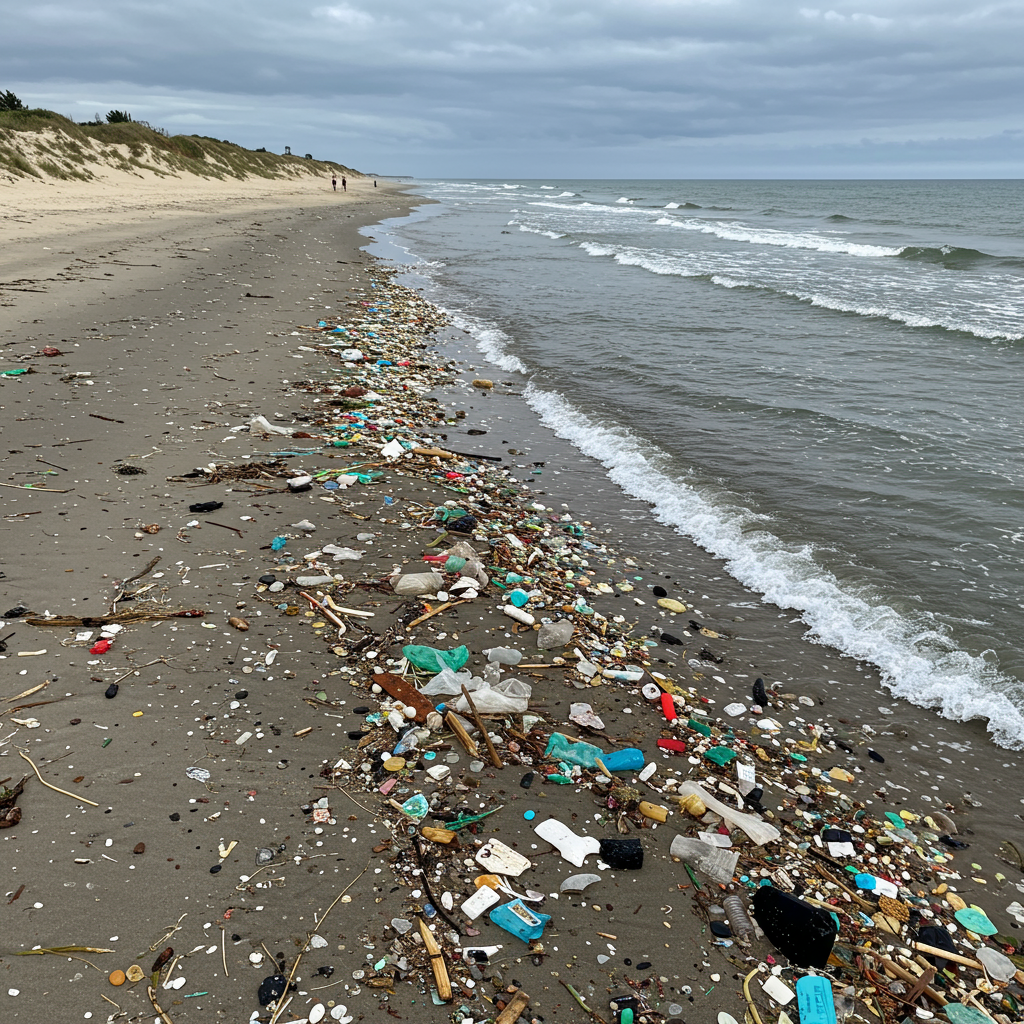NATO’s Pivotal Shift: Navigating Priorities Amidst Changing US Stance
At the 2025 NATO summit in The Hague, a discernible shift in the alliance’s focus became evident, largely influenced by a perceived retreat from the United States under President Trump from its previous leading role concerning Ukraine. European NATO allies are grappling with the reality that the US no longer views success in Ukraine as central to NATO’s core security, even as the conflict’s intensity on the battlefield remains dire, with officials warning of a particularly difficult summer ahead for Ukrainian forces.
While NATO Secretary General Mark Rutte reaffirmed Russia as the “most significant and direct threat,” the summit discussions showed a notable decrease in explicit emphasis on Russia’s full-scale invasion of Ukraine compared to the previous year. Instead, the primary ambition centered on securing concrete commitments from member states to significantly increase defence spending, potentially targeting 5% of their GDP. Dutch Defence Minister Ruben Brekelmans confirmed this pivot, stating that while Ukraine remains crucial to European nations, the 5% defence spending target was undeniably “the main topic” and a “new, historic step” for collective defence capabilities.
The Core Divide: US vs. European Perspectives
This recalibration is intrinsically linked to a fundamental difference in perspective regarding Ukraine’s strategic importance within the alliance, particularly under the current US administration. Kurt Volker, formerly the US representative to Ukraine, articulated this divide clearly: “The real issue, is that the US does not see Ukrainian security as essential to European security, and our European allies do so.”
European countries largely view their own security as directly imperilled if Russia were to prevail or if Ukraine ceased to exist as a sovereign state, thus seeing support for Ukraine as “integral to our security through NATO.” The US, according to this analysis, simply does not share this specific view, suggesting a growing acceptance that Washington might reduce the provision of lethal military aid, although vital intelligence sharing is expected to continue. This aligns with previous signals from Trump’s team, who reportedly aimed to take the concept of an “irreversible bridge” for Ukraine to NATO membership “off the table” from the outset.
Ukrainian President Volodymyr Zelenskyy was present in The Hague, attending peripheral events and dinners. His notable absence from the main North Atlantic Council meeting of heads of state and government underscored the summit’s redirected focus. Observers also noted Zelenskyy’s shift to more formal attire – a blazer rather than his usual fatigues – at the summit, a choice potentially influenced by past tense interactions with Trump regarding dress code and the high stakes of securing crucial diplomatic outcomes amidst the changing dynamics.
Funding Demands and Security Guarantees
Adding to the complexity, President Trump’s controversial statements arriving at the summit questioned the US commitment to NATO’s mutual defence clause, Article 5. When asked about the commitment, Trump stated it “Depends on your definition,” later adding he was “committed to being their friends” and “committed to saving lives,” without specific reference to the treaty. These comments rekindled long-standing concerns among European allies about the reliability of the US commitment under his leadership, especially as he has reportedly threatened that nations failing to meet his proposed, significantly higher spending targets (potentially 5% of GDP) would not receive protection under Article 5 from the United States.
Despite the controversy, Trump has been credited by NATO Secretary General Mark Rutte for his persistent pressure on allies, which has already led to a collective increase of an additional $1 trillion in defence spending over the past decade. The push towards a potential 5% GDP target represents a dramatic acceleration of this trend, placing financial contribution at the forefront of alliance priorities.
While Trump’s rhetoric has also included suggestions of withdrawing US troops from Europe, expert analysis suggests a massive, swift withdrawal is highly improbable. Significant logistical challenges, including the immense effort required to relocate potentially a quarter of a million people and the lack of housing capacity on US bases, could take years. Furthermore, political resistance from Congress and the US security community, alongside ongoing strategic needs in Europe and elsewhere, make it unlikely. Experts largely view Trump’s stance on troops and Article 5 as leverage primarily aimed at pressuring Europeans to dramatically increase their defence spending. Should a withdrawal somehow occur, Europe would face the daunting, multi-trillion-dollar task of replacing the entire US-provided military infrastructure.
The Unseen Battlefield Reality
Amidst these political and strategic reorientations within the alliance, the situation on the ground in Ukraine remains critically challenging. NATO officials report Russia continues to make gains, particularly in regions like Sumy Oblast and across Eastern Ukraine. While a full encirclement of Ukrainian forces is not currently predicted, a protracted conflict defined by slow, grinding advances and high attrition rates is anticipated. Despite significant Russian troop losses, estimated by NATO data to surpass one million since the full-scale invasion began (with daily casualties around 1,100 recently), the military reality underscores the urgent need for continued support, regardless of the shifting political currents within NATO.
Ultimately, the 2025 NATO summit illuminated an alliance navigating a complex period. Under pressure from a US administration prioritizing financial contributions and questioning traditional security paradigms, the focus is pivoting towards unprecedented defence spending targets. While European allies remain committed to supporting Ukraine and view its security as vital to their own, they must now consider how to sustain this support and reinforce collective security in an environment where the leading ally’s priorities appear to be undergoing a significant transformation.




